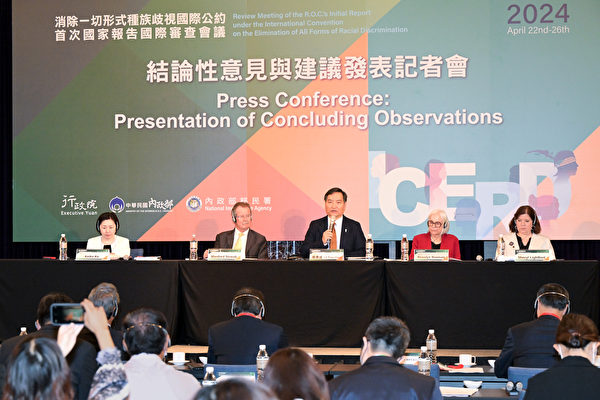On March 22, 1994, the Taiwan Executive Yuan’s Council of Labor Affairs released the preliminary content of the “Gender Equality in Employment Act.” One of the key points was the “discriminatory terms,” which strictly prohibited employers from stipulating that employees must resign automatically when they get married, pregnant, give birth, or have childcare responsibilities, known as the “singles clause.” Another provision clearly stated that employers and business units must not treat employees differently based on gender in recruitment, exams, selection, hiring, job distribution, performance appraisal, and promotion, and should ensure equal pay for equal work.
This proposed legislation aimed to codify the long-standing issue of gender equality but whether it could truly be “clear” and effective is highly doubtful. Once implemented, this law is expected to bring about numerous disputes as discriminatory behaviors are not easily regulated by statutes.
Discrimination has been a pervasive issue throughout human history. However, delving into it as a fundamental research topic in the field of economics only gained prominence in the mid-1950s and through the doctoral thesis of Nobel laureate Gary Becker in 1992. Taiwan’s approach to discrimination seems to be mainly focused on gender equality in the workplace, attributing discriminatory behaviors solely to employers. In reality, discrimination exists not only among employers but also among employees and consumers. Discrimination is ingrained in human behavior and can vary in its intensity. It functions as something desirable, just like any other commodity, where people seek it if it satisfies their desires.
In the context of discriminatory practices by employers, it is crucial to note that discrimination can be detrimental to the discriminator as well. For discriminatory practices not to backfire, the economic power of the discriminator must outweigh the relative numbers of those being discriminated against. This analysis can be applied to various minority groups beyond gender discrimination.
Efforts to combat discrimination by enacting rigid laws may not yield optimal results and could lead to unintended consequences. The focus is often placed on employers’ discriminatory practices, but the influence of discrimination preferences from consumers and employees is more significant. Therefore, expanding market competitiveness remains one of the most effective ways to reduce discriminatory practices.
In conclusion, discrimination extends beyond gender and race to encompass various aspects such as appearance, body size, and other attributes, as it fundamentally stems from subjective human judgment. Using strict legal measures to address discrimination may not be the most effective solution and could potentially result in unforeseen repercussions. The ongoing discussion on gender equality in the workplace should carefully consider the unnecessary provisions and stringent restrictions to avoid impractical mandates that could adversely affect the Taiwanese population.

